***This post was transferred from the Finding Horace blog.***
Originally published on Finding Horace 24 Jun. 2023.
The six Wedberg sisters - Nellie, Bothilda, Cecilia, Anna, Louisa, and Lena (not in that order), circa 1905
Now, I don't think anyone would ever accuse me of "living life in the fast lane." I enjoy quiet time with my family, and I prefer to entertain my friends in my home rather than getting together at a bar or restaurant. I do not find the idea of a girls' day out at the mall relaxing, and I still haven't given up possession of my flip phone. Essentially, given the choice, I prefer not to have immediate access to all things at all times, and I certainly don't actively seek out humanity or mass consumption.
And yet, as much as I (metaphorically) drive in the right hand lane, I know the world moves much faster for me than it did for those who lived 100 years ago (heck, even 50 or 25 years ago). Lucky for me, one of my ancestors thought to record what the slower life was like when her family left their home in Sweden and moved to Hegewisch, Illinois, in 1891/92! The following are various excerpts from Cecilia Ingrid (Wedberg) Hendrickson, my great grandmother's sister.
"He [my father] left Sweden, Nov. 1891, coming to his sister’s home on Brandon Avenue. And in the summer of Aug. 21, 1892, my mother came with 6 children." Here is our first look at the comparatively slow movement of the times. Travel from Sweden to the United States would have been by boat (possibly multiple boats) and not airplane. The trip would have taken weeks, not hours or days. Of course, the move was also slow in that the family did not make it together. 10 months passed before husband and wife were reunited in Illinois. Cecilia also noted that her mother (along with 6 children - one only 5 months old) "had sat in Union Station 2 days. Only one train left [for Hegewisch] a day." Today, we would call a taxi or an Uber and be at our destination in no time!
Cecilia also noted how families passed the time in those days. "Mother had brought her spinning wheel from Sweden, and living at 13227 Brandon Ave., the school children would come by and get up on the porch to watch her spin...There were no TV’s or radios and not many automobiles. Our entertainment was work and study also a house party once in a while. At those parties we played games such as kiss the pillow (this is how Lena met her 1st husband), post office, and guessing games. Then the nickel shows started coming – a nickel was money in those days." Imagine walking home from school and stopping to watch your friend's mother work her spinning wheel. Nowadays, I suppose it might cause a sensation as very few people would know what it was! The children of today would consider the entertainment options meager as well. No TV's? No radios? Certainly no video game systems or cell phones... And yet people still managed to enjoy their leisure and find life partners.
(***If you want to know what those games were all about, here is what I found as I attempted to footnote Cecilia's account.
Kiss the Pillow: A boy takes a pillow and throws it at the feet of the girl he likes best, and kneels upon it; she must also kneel upon the pillow and kiss the boy. She then takes the pillow and throws it at the feet of one of the boys and kneels on the pillow; he then kneels down, kisses, the girl, and takes his turn with the pillow – The American Home Book of In-door Games, Amusements, and Occupations, by Caroline L. Smith, page 54.
Post Office: First all players involved in the game must be divided into two groups. After the division, one of these groups will go to another room. This room will be referred to as the "Post Office." Every individual from the group that is not in the post office must visit the post office one at a time. Everyone in the post office must kiss the visitor. After everyone from the outside group has visited the post office, the groups switch places. Now the new post office members must kiss the visitors who arrive one at a time from the former post office group - http://www.ehow.com/list_7216807_post-office-game-rules.html***)
Obviously, Cecilia's mother was not spinning for leisure (as some do today); she was spinning because it was necessary in order to be able to clothe herself and her children. Somehow, though, even their work sounded relaxing. Cecilia recounted, "At that time the woods were full of flowers and wild grapes and apples which we would pick for jelly." And you could just pick them! You didn't have to worry that the woods belonged to someone, and no one need be concerned about having to pay for what grew from the trees and vines. Today, we fork over money for the privilege of picking a basket of apples or choosing our own Halloween pumpkins. It is something we do for relaxation, for recreation, for memories. As with the spinning, though, it was something my ancestors did for survival - to ensure a full pantry.
Would I have enjoyed living this much slower lifestyle? I like knitting the occasional sweater and making pickles and jellies from our garden's harvest, but they are not integral to my survival. Instead of these activities, I work to have the money to pay for clothing and food. Is this way of living any more fulfilling, though? I doubt Great Aunt Cecilia would think so.





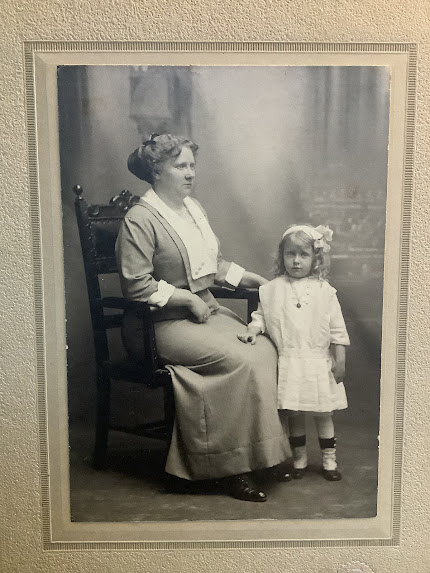





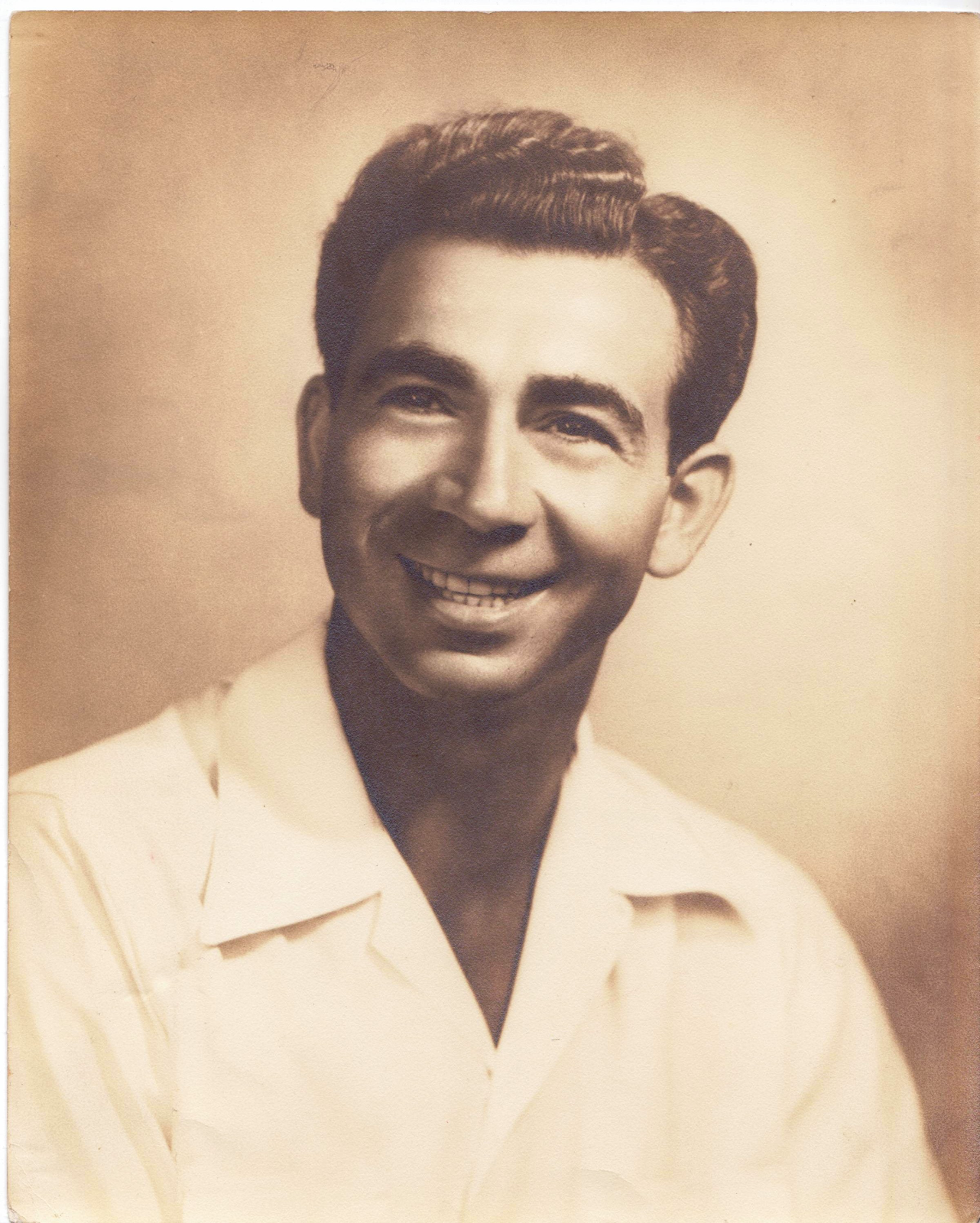
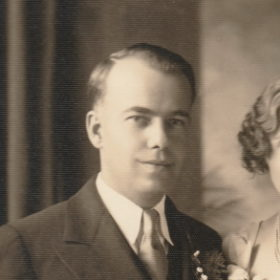

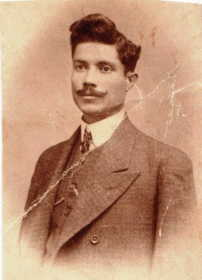


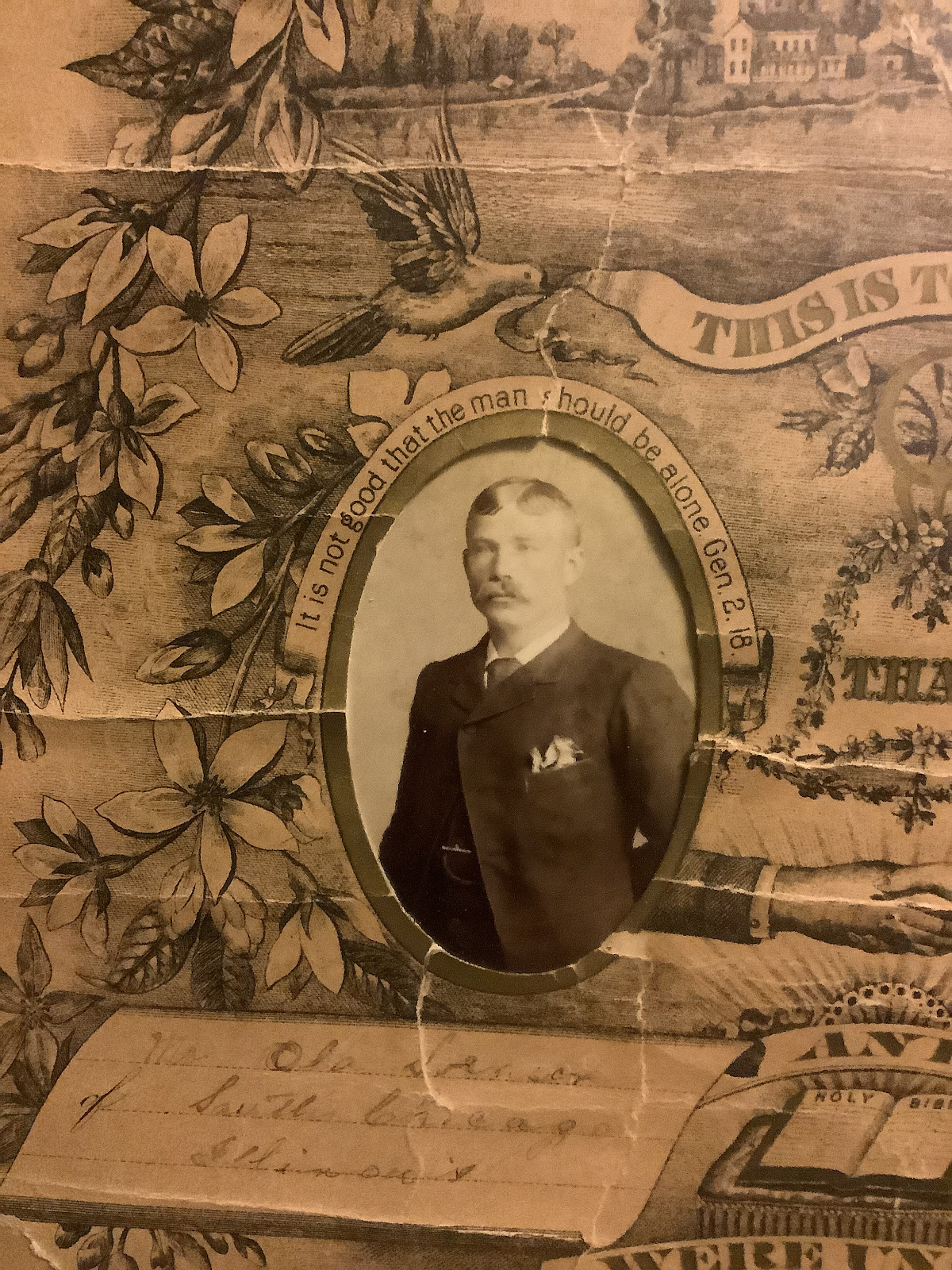












.jpg)















